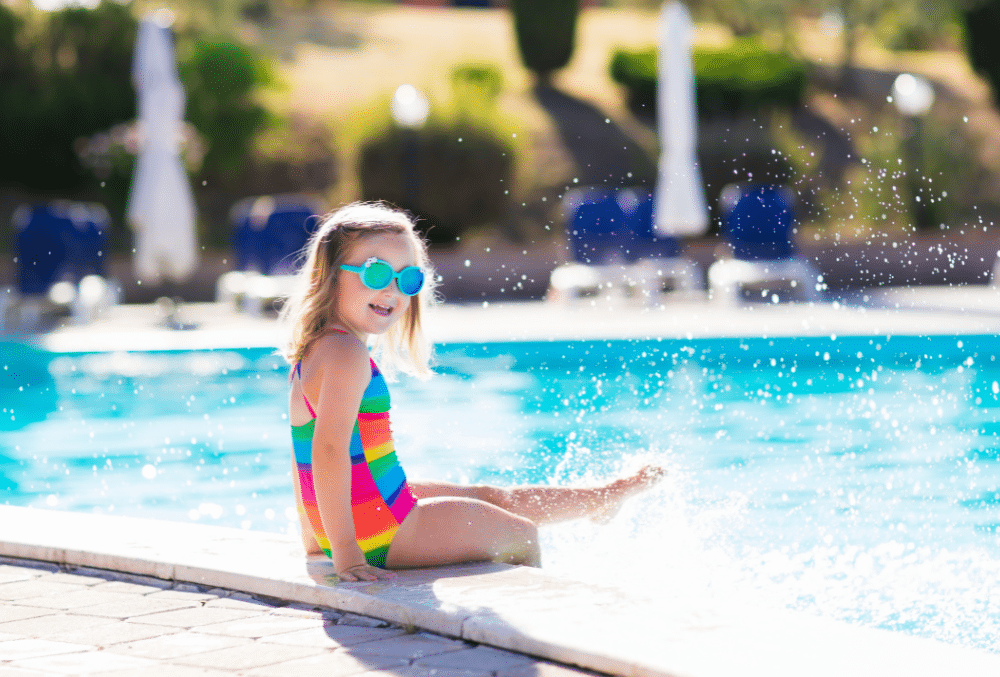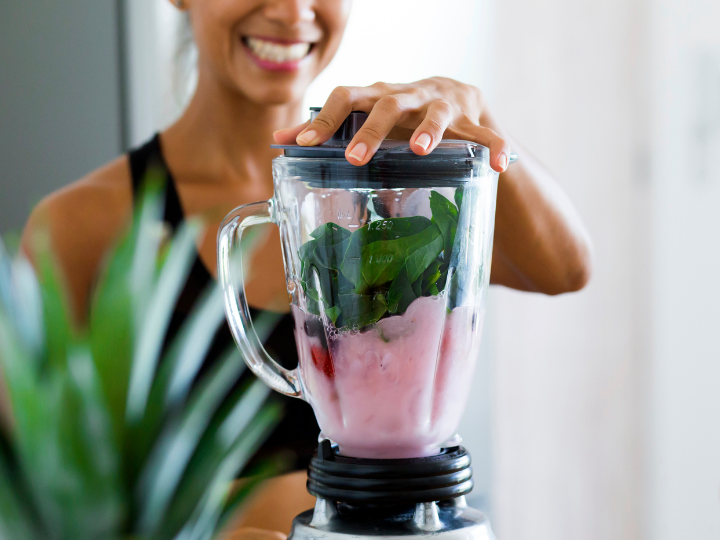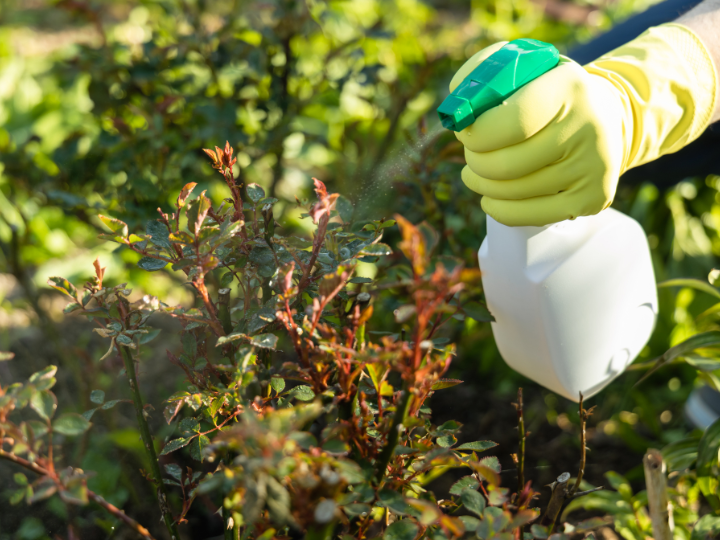Pool Safety Tips for a Fun and Safe Summer
July 25, 2022
It is that time of year again! The weather is hot, and you are ready to fill your pool. With summer comes pool time, and while pools are a great way to beat the heat, it is essential to be aware of safety hazards.
More than 3,000 people drown yearly in the U.S., and more than half are children 14 years old or younger. The CDC registers drowning as the second leading cause of unintentional injury death in children ages one to four.
Here are some tips to keep you and your family safe while enjoying the pool this summer.
Pool Safety Tips
If you have a swimming pool, you can do some basic things to help prevent accidents. First, you want to inspect the pool area before using it. Look for hazards such as slippery surfaces, sharp objects, or broken glass.
First, check that the water is clean and clear. You should also keep the pool’s surface free of algae and other debris. If you have children, supervise them when they are in the pool, especially if there are steps or ladders in the water.
If you have an above-ground pool, look for sharp objects near the edge of the pool deck or deck chair where someone could cut themselves on them while swimming or playing around in shallow water.
You should also try to ensure that there is not any slippery surface surrounding your pool that could cause someone to fall while walking around on it during those hot summer days when everyone wants to be outside enjoying themselves.
Finally, remember to check your home insurance policy to make sure you have sufficient coverage for your swimming pool.
1. Keep an Eye on Children at All Times
As a parent, you want to provide a safe environment for your children. Your backyard pool can be an excellent place for them to play and have fun. But you must ensure it is properly maintained and always supervised.
In the United States, about 3,000 people die each year from drowning. Drowning is the second-leading cause of unintentional injury death among children younger than 15 – and most victims are under five years old.
Here are some more tips:
- Never leave a toddler alone in or around the water
- Make sure kids know how to swim before they go into the pool
- Teach young swimmers how to stay away from drains and pipes underwater
- Do not allow anyone who cannot swim to use floatation devices like noodles or inner tubes on top of the water
- Learn CPR
- Keep a first aid kit handy
Make sure that your pool has a fence around it. The fence should be at least four feet high and have no holes or openings. You should also have a self-closing gate and self-latching on the fence. This gate will prevent children from climbing over or through the fence when they want to go swimming.
2. Handle Pool Chemicals Responsibly
Many people use chlorine and other chemicals in their pools to sanitize them. These chemicals are hazardous if ingested or absorbed through skin contact. Keep all chemicals locked up in cabinets away from children’s reach, and do not allow children near them when they are being used or prepared for use.
You should check with the local fire department before using any chemical or gas in your pool area. Some chemicals are not allowed in residential areas.
Check your chlorine level regularly so that you do not run out of chlorine in the middle of an intense swimming session with all your friends! You should also ensure that there is plenty of chlorine in your water so that you do not end up with green algae growing on the sides of your pool deck or in the water itself.
To check this, you can use a test kit with instructions on how to use it or go to a local pool store and ask them how much chlorine you need to add per day (usually between 1 and 3 p.m.).
3. Never Dive Into Shallow Water
Diving into a pool headfirst may seem fun, but it is one of the most common ways to get injured. Never dive into water less than five feet deep. If the water is too shallow, you can hit the bottom of the pool and injure yourself.
When you dive headfirst into the water, your body flips over, and your face first hits the bottom of the pool. If there is debris at the bottom of the pool or sharp edges on the bottom (such as tile seams), your face could suffer severe cuts or lacerations from these objects.
4. Watch out for Slippery Surfaces
Watch out for slippery surfaces. Since pools are not always completely dry, there may be times when there are wet spots on the ground around them. This water can make it easy for people to slip and fall into the pool unexpectedly.
If you have young children at home, make sure they know how dangerous slippery surfaces can be in areas around pools, so they know what not to do when they see one. Do not roughhouse or play games that could lead to someone getting hurt. Dangerous games include diving into shallow areas or running around on wet surfaces near the pool edge.
5. Avoid Drinking Alcohol While Swimming
Alcohol causes loss of balance and coordination, which can lead to drowning. It also affects judgment, so drinking before swimming can lead to risky behavior like diving headfirst into the deep end or jumping off a diving board when you have had too much to drink.
If you plan on having drinks at your next swimming party, make sure someone is close by who will keep an eye out for anyone who might be drunk enough to drown. If your guests are under 21 years old, someone else must also keep an eye on them.
6. Stay Away From Pool Drains
Pool drains are usually located at the bottom of a swimming pool, and they help drain all the water from the pool when it needs to be cleaned or repaired. The suction can be strong enough to pull an adult into the drain and trap them. Swimmers should never swim directly over a pool drain.
These drains can be very dangerous for kids, especially if they fall into one and get stuck. To avoid this situation, tell kids not to go near or play with any pool drains.
7. Protect Yourself From the sun
It is essential to be aware of safety hazards when using the pool. Following these simple tips can help ensure a fun and safe summer for everyone.
- Wear an SPF 15 or higher sunscreen, even on cloudy days. Reapply sunscreen every two hours or more often if you are sweating.
- Stay away from direct sunlight from 10 a.m. to 4 p.m. If you must be in the sun during these times, seek shade and wear protective clothing, a wide-brimmed hat, and sunglasses.
- Drink plenty of fluids to stay hydrated. If you feel overheated, get out of the sun and into a cool, shady area.
- Do not go into the water if you have had too much sun exposure or if you have open wounds on your body. Both conditions increase your risk of severe burns or infection from bacteria like Pseudomonas aeruginosa (PA).
Sunglasses and sunscreen are essential for protecting your eyes and skin. Make sure you use both.
8. Be Aware of Weather Conditions
The most vital step to staying safe in your pool is to be aware of the weather conditions. Even if you have a cover over your pool, it is essential to know when there will be rain or wind to take the appropriate precautions. If thunderstorms are imminent, get out of the pool area immediately and seek shelter indoors.
If it is going to rain, ensure that your cover is fitted correctly and in good condition. During wind, ensure there are no holes in the cover and that it is secure on top of the water. This way, no water will blow into your pool through those holes.
If you have a pool above-ground, ensure that any toys or other items near the edge are moved away from the water’s edge. When these items fall into the water, they can become dangerous projectiles if winds pick up.
Add Your Swimming Pool to Your Home Insurance Policy
When adding a pool to your home, add it to your homeowner’s insurance policy. Most policies limit liability coverage, so if someone is injured while swimming in your pool, you could be held responsible.
Follow local building codes when installing a pool. This way, you can ensure that the pool is built to code and meets all safety requirements. Adding the pool as an endorsement to your policy can help protect you financially in an accident.
Duliban Insurance can help you check your home insurance policy for swimming pool coverage.











